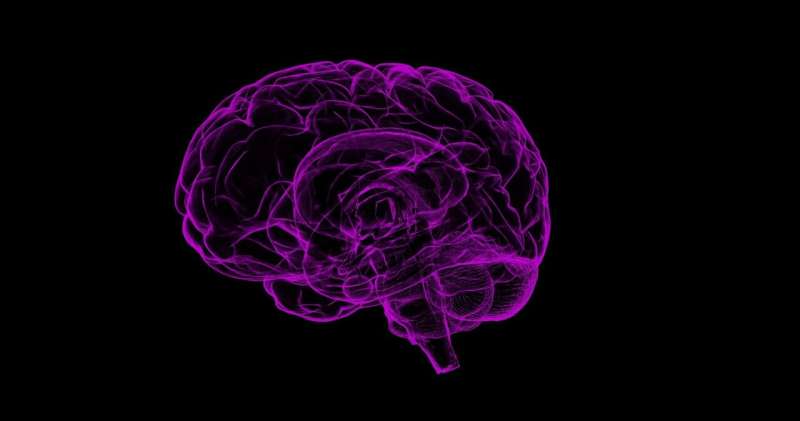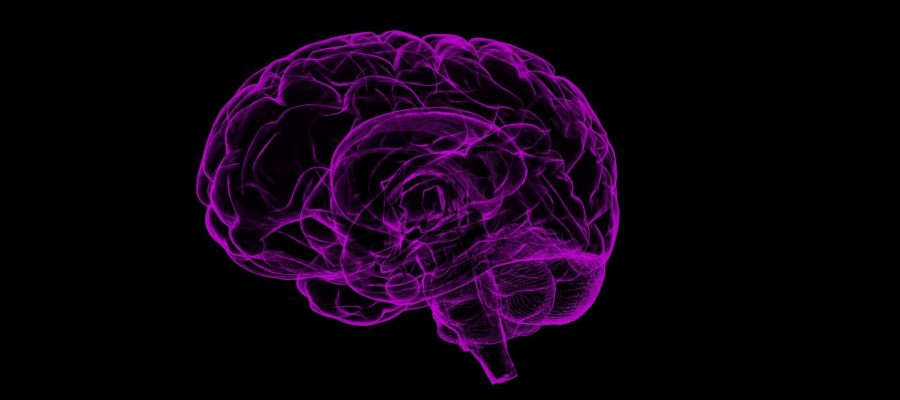
A new artificial intelligence-based technique for measuring fluid flow around the brain’s blood vessels could have big implications for developing treatments for diseases such as Alzheimer’s.
The perivascular spaces that surround cerebral blood vessels transport water-like fluids around the brain and help sweep away waste. Alterations in the fluid flow are linked to neurological conditions, including Alzheimer’s, small vessel disease, strokes, and traumatic brain injuries but are difficult to measure in vivo.
A multidisciplinary team of mechanical engineers, neuroscientists, and computer scientists led by University of Rochester Associate Professor Douglas Kelley developed novel AI velocimetry measurements to accurately calculate brain fluid flow. The results are outlined in a study published by Proceedings of the National Academy of Sciences.
“In this study, we combined some measurements from inside the animal models with a novel AI technique that allowed us to effectively measure things that nobody’s ever been able to measure before,” says Kelley, a faculty member in Rochester’s Department of Mechanical Engineering.
The work builds upon years of experiments led by study co-author Maiken Nedergaard, the codirector of Rochester’s Center for Translational Neuromedicine. The group has previously been able to conduct two-dimensional studies on the fluid flow in perivascular spaces by injecting tiny particles into the fluid and measuring their position and velocity over time. But scientists needed more complex measurements to understand the full intricacy of the system—and exploring such a vital, fluid system is a challenge.
To address that challenge, the team collaborated with George Karniadakis from Brown University to leverage artificial intelligence. They integrated the existing 2D data with physics-informed neural networks to create unprecedented high-resolution looks at the system.
“This is a way to reveal pressures, forces, and the three-dimensional flow rate with much more accuracy than we can otherwise do,” says Kelley. “The pressure is important because nobody knows for sure quite what pumping mechanism drives all these flows around the brain yet. This is a new field.”
More information:
Kimberly A. S. Boster et al, Artificial intelligence velocimetry reveals in vivo flow rates, pressure gradients, and shear stresses in murine perivascular flows, Proceedings of the National Academy of Sciences (2023). DOI: 10.1073/pnas.2217744120
Journal information:
Proceedings of the National Academy of Sciences
Source: Read Full Article
